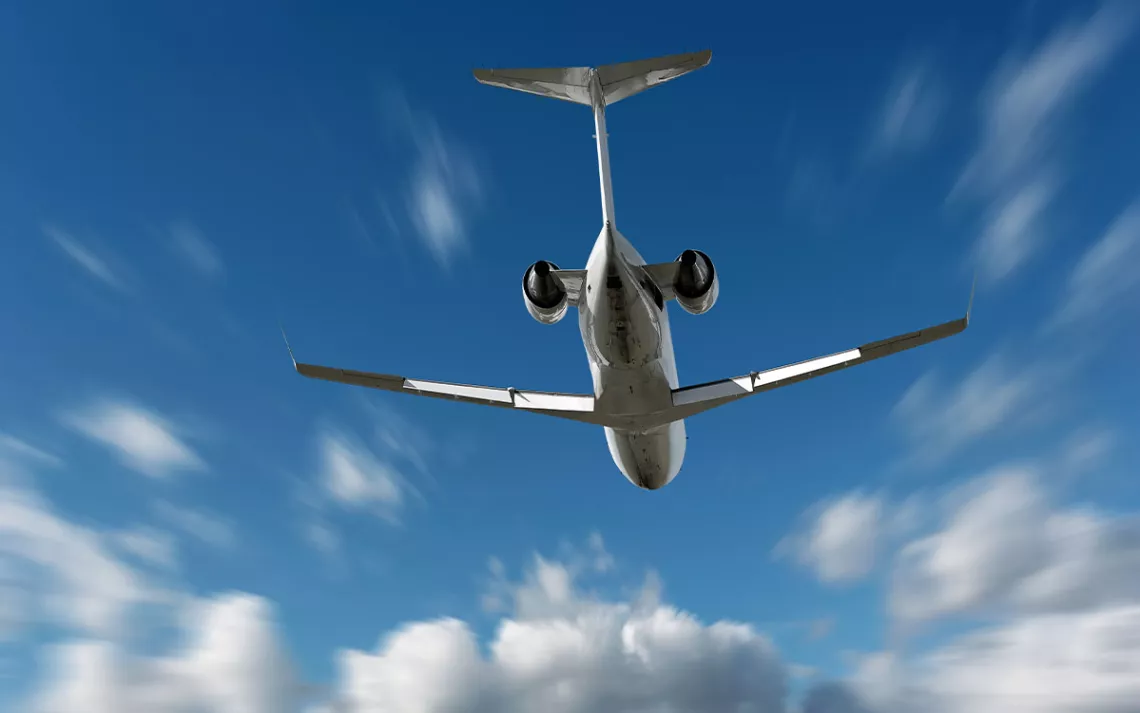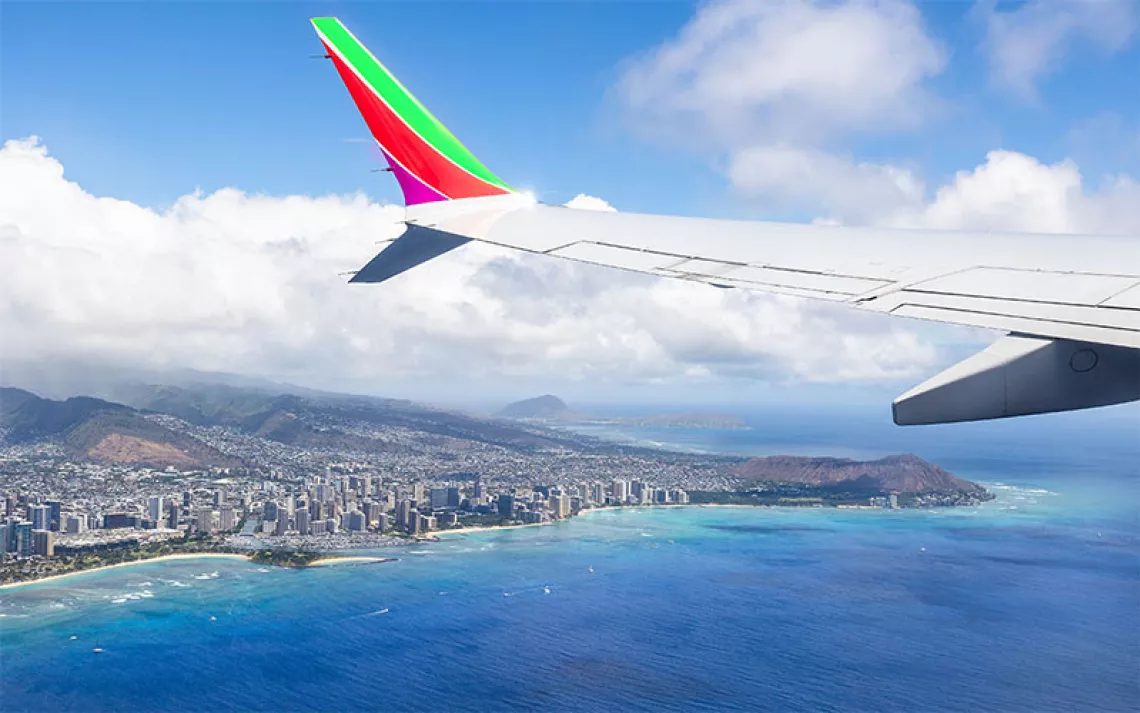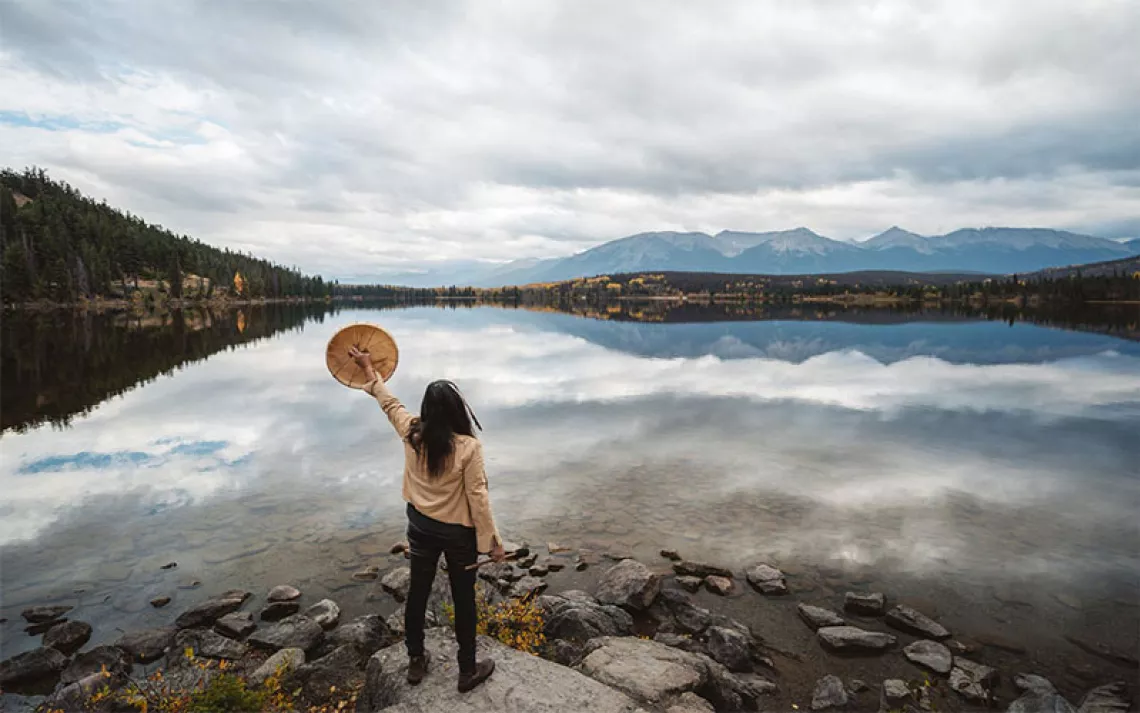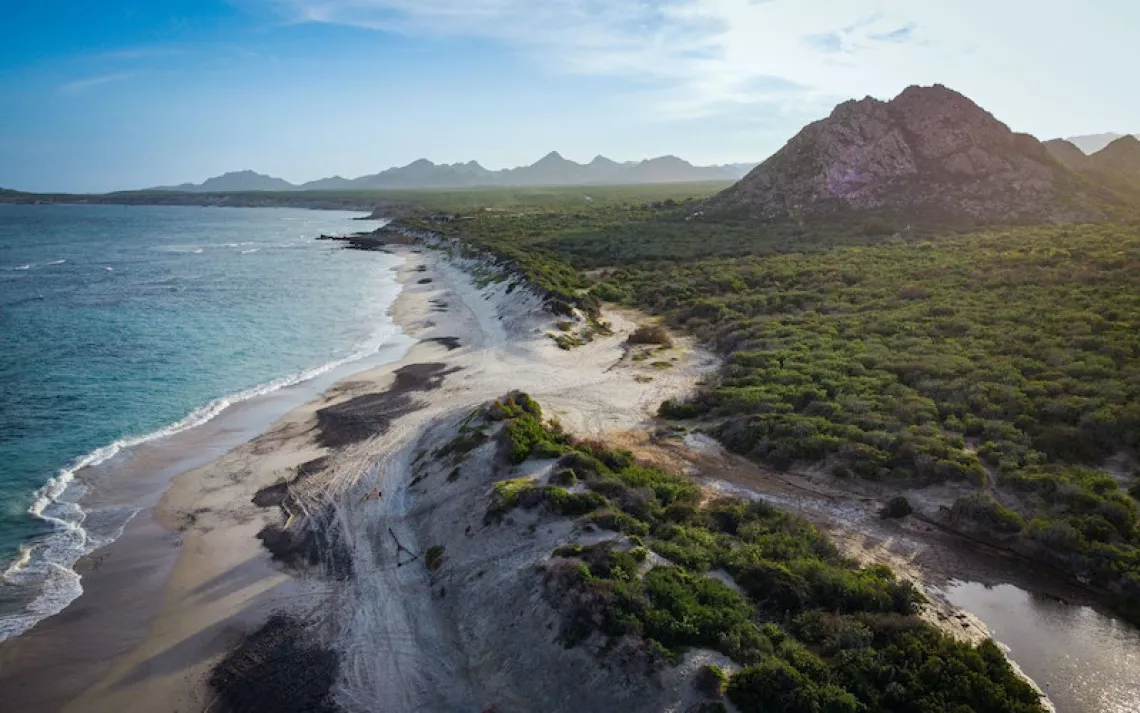As the Rich Get Richer, They’re Flying Private
The pandemic sparked a boom in luxury air travel

Photo by sharply_done/iStock
The Covid pandemic gave a big boost to the most polluting form of air travel a person can take: private jets.
In 2022, just as everyday flyers were returning to coach, the number of wealthy passengers taking off via private jet surged by 10 percent—a 14 percent increase compared with pre-pandemic levels. According to a Greenpeace report this past spring, the number of private flights taking off between 2020 and 2022 in Europe soared from almost 120,000 to 573,000. And with the worldwide wealth gap growing, there is a bigger pool of people opting for luxury air—not all of them are celebrities like Elon Musk, Taylor Swift, and Jay-Z.
That’s bad news for the climate. Some studies show that flying by private jet is up to 14 times more polluting than flying commercial, responsible for as much as 480 times the CO2 emissions when compared to an average person’s climate footprint by air travel. One study found that in 2016, private jets emitted 33.7 million metric tons of CO2—more than the entire nation of Denmark emits in a year.
Bigger aircraft tend to be much more efficient than smaller, private aircraft, says Colin Murphy, deputy director of the UC Davis Policy Institute for Energy, Environment, and the Economy. “Smaller aircraft tend to burn a lot more fuel for every seat-mile traveled.” Additionally, he says, the most “fuel intensive” part of the trip is takeoff and getting up to altitude, so it’s much better to spread that fuel burn over a fully loaded 737 compared with a private jet holding five to seven passengers.
Short voyages via private jet are also becoming more popular. They still require takeoff and landing—the biggest fuel burners—but they could also be done via car, train, or ferry. In Europe alone, more than half of private jet jaunts were less than 500 miles long. It’s an increase that hasn’t shown any sign of slowing, and its impact on the climate far outweighs its convenience for the ultra-rich few who embark. Recently, per its report, Greenpeace called for a ban on these “short-haul” flights.
Private air travel is also more widely available thanks to a growing number of companies that offer the option, such as private jet rental and time-share companies like NetJets, Flexjets, and Magellan Jets. According to NetJets, by the end of 2023, its fleet is expected to be over 1,000 aircraft, 35 percent more than before the pandemic.
And it’s not just the ultra-rich and famous who have amped up their airborne climate impact—sitting in business class for work or play drastically increases your footprint. One report found that those who spread out in business class used 2.6 to 4.3 times more emissions than if they flew in coach. Those plush seats take up a lot of space, and the more seats on a flight, the less impact. Business travelers make up about 12 percent of travelers, and they’re much more likely to sit in business or first class.
And business travelers are also a huge money-maker for airlines, especially as the ultra-rich have turned to private jets and no longer fill up seats in first class. By some accounts, business travelers make up as much as three-quarters of the profit for each commercial airline flight because they book late and they buy more costly seats. In air travel, money talks and corporations along with the wealthy elite have more of it.
In the end, the rich and famous are the ones who are flying the most, meaning that their enormous carbon footprint impacts the majority of the 7 billion global inhabitants who will never fly. “There’s a profound inequity here,” says Murphy.
 The Magazine of The Sierra Club
The Magazine of The Sierra Club



